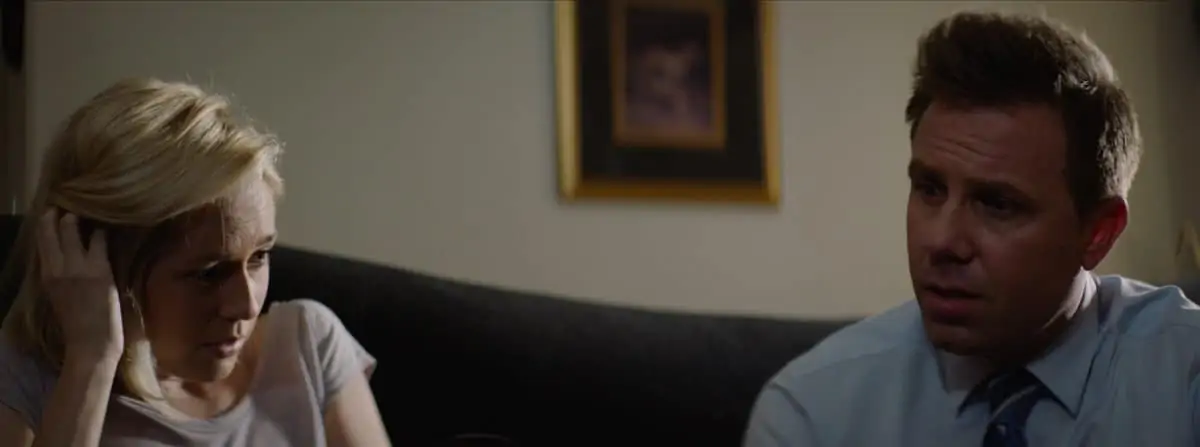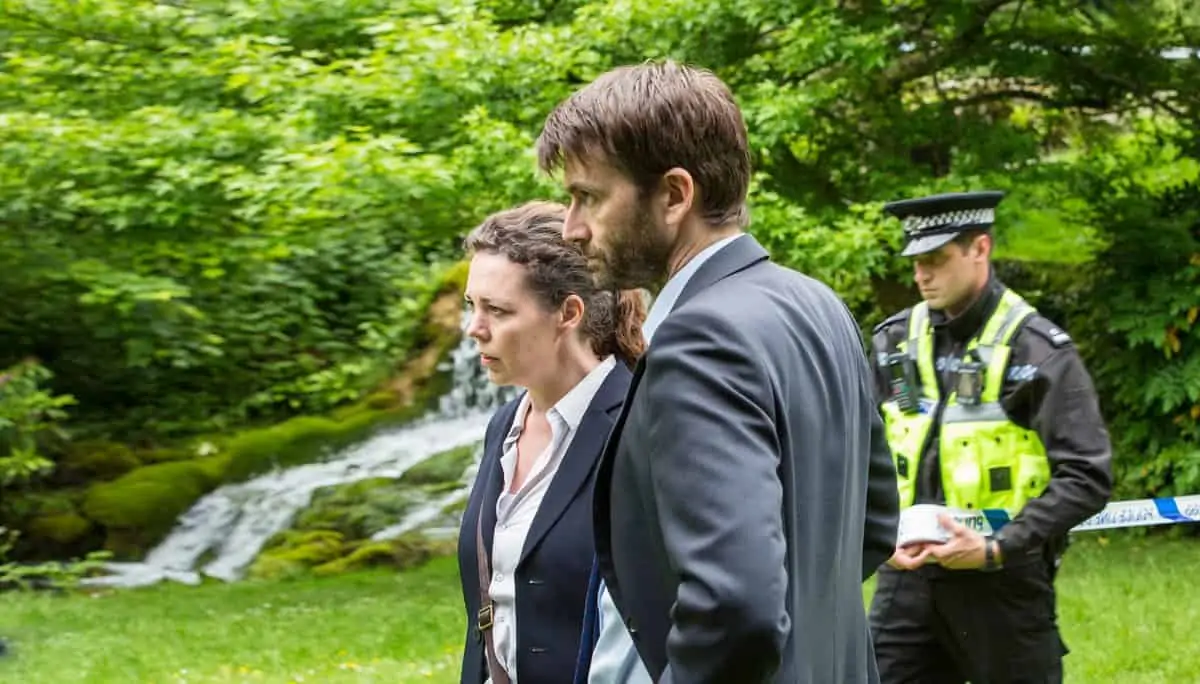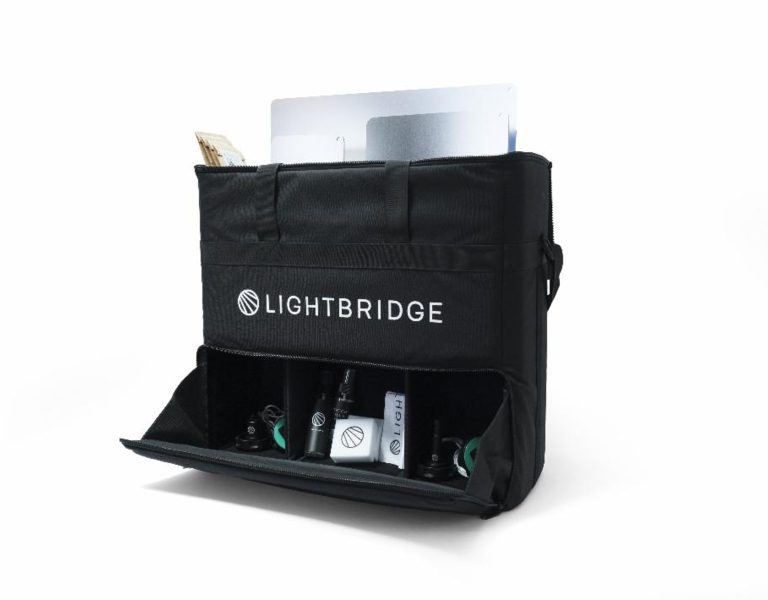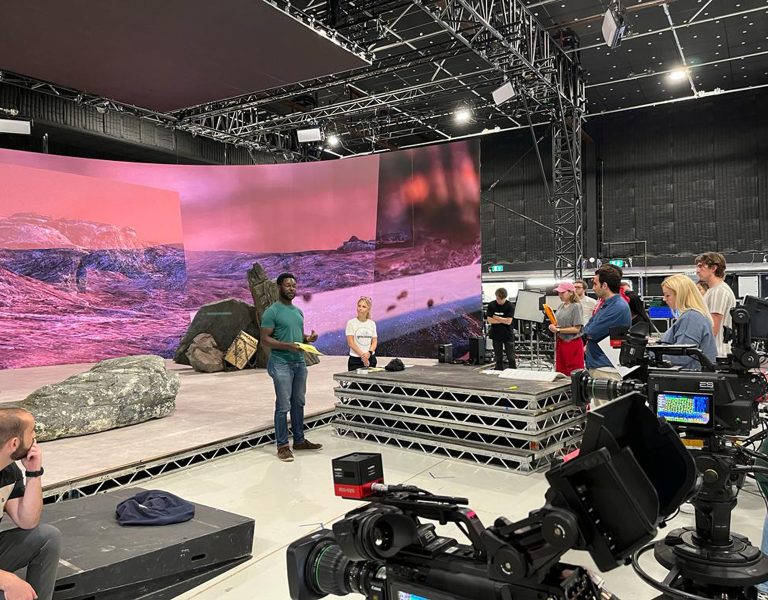David Makes Man is the first TV series written by Tarell Alvin McCraney, who won an Academy Award for co-writing the 2017 Best Picture winner Moonlight based on his play, “In Moonlight Black Boys Look Blue”. McCraney, serving as the series executive producer along with Michael B. Jordan and Oprah Winfrey, tells a semi-autobiographical story of his own life, as did Moonlight, delving into childhood trauma and using the power of imagination to survive.
To shoot this story of a 14-year old prodigy looking for a way out of his poor neighbourhood in Miami, DP Todd A. Dos Reis ASC relied heavily on a set of refurbished Cooke Speed Panchro prime lenses and Cooke Anamorphic/i primes.
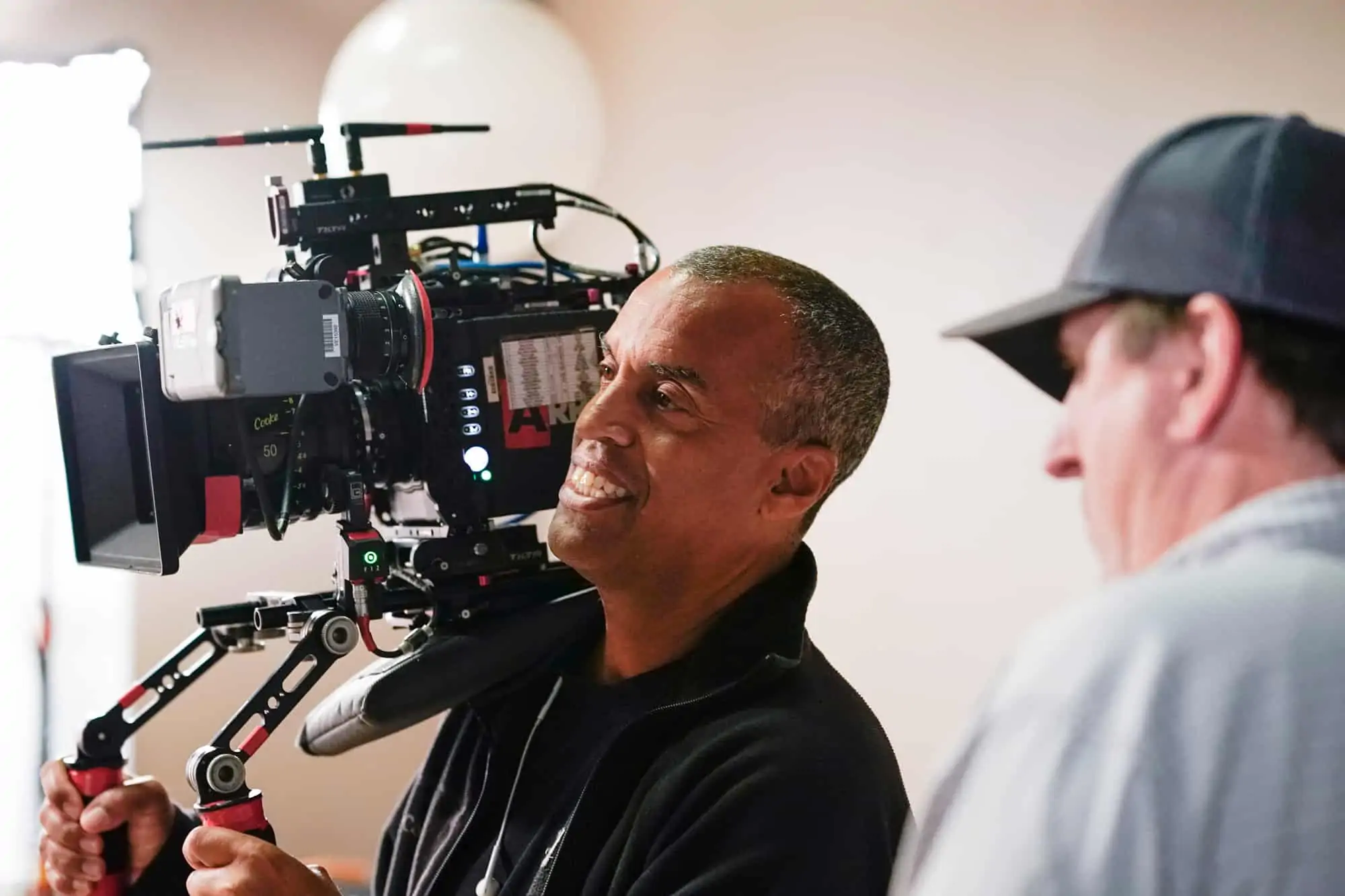
“We didn’t shoot a typical pilot and wait for the series to be picked up, but shot ten episodes back-to back,” said Dos Reis. “I was able to get an almost complete set of refurbished original Speed Panchros from Otto Nemenz – 18mm-100mm, except for the 65mm – and because of late changes in production, I never got a chance to test them. I knew from my experience with Cooke S4 lenses that I would get what I wanted. I started shooting with the Speed Panchros on day one – almost always starting a scene with the 32mm and with the 40mm being my favourite – and I got exactly what I expected.”
However, during the prep for the pilot, director Michael Francis Williams decided he wanted to shoot Anamorphically for the Ville housing project scenes, whilst using the Speed Panchro sphericals for scenes set outside the Ville. (This lens choice would be reversed for episodes six to ten, to depict a drastic change in the main character’s life.) But this late change to Anamorphic meant that Dos Reis had to get a set of Anamorphic lenses from another manufacturer.
“Those Anamorphic lenses we used on the pilot… they just weren’t right,” explained Dos Reis. “They had quick fall-off, but it was the softness that I wasn’t happy with. I’m very familiar with Cooke’s spherical lenses from working with S4 primes on HBO’s Entourage, so I reached out to Dana Gonzales ASC, as I knew he shot with the Cooke Anamorphic/i primes for Amazon Prime’s Legion. He said, ‘Get them, they’re great, they’ll give you exactly what you want,’ and that’s what made me switch to the Cookes, with a set of 25mm-180mm Anamorphic/i primes.”
As well as switching between spherical and Anamorphic lenses, Dos Reis used different colour temperatures, styles of camera work and lighting to further highlight the separation between the Ville housing project and everything outside of that.
“While most folks think of Miami as being lush, the Ville is a housing project,” he said. “Our colours are desaturated, with a coolness in the shadows and skin tones with the interior lit for daylight with ARRI LED SkyPanels and the night exterior lit with tungsten, HMI Fresnels, sodium vapour and mercury vapour for soft moonlight – like the Ville was alive, a place where you have to have your head on a swivel to be aware of all your surroundings. That meant a handheld look.”
Dos Reis used three Alexa Minis for all ten episodes, with two being handheld and one on a crane, dolly or Steadicam rig. In addition, he had a Blackmagic Micro Cinema Camera to use as a bodycam or on a swinging door.
Cooke Optics’ S7/i Full Frame Plus and Anamorphic/i lenses were utilised on the Netflix film The Perfection, shot by cinematographer Vanja Černjul ASC, directed by Richard Shepard.
“The Perfection demanded different looks for different parts of the story. We wanted each part to have a unique organic look, something built into the images on the set, during the filming,” said Černjul. “A lot of it came from lighting and our diverse locations, but we wanted to add another visual layer optically. After initial testing of many different optical systems we decided to combine the Cooke Anamorphic/i’s with the S7/i’s. We chose both lens systems for the look they were giving us, rather than for sensor coverage or the aspect ratio.”
Černjul shot most of the film in 4K uncompressed RAW on a Varicam Pure with a Super 35 sensor and achieved the desired aspect ratio of 2.39:1 by cropping top and bottom when using spherical S7/i lenses, and by cropping the sides when using Cooke Anamorphic/i’s.
“As a part of the film’s visual structure we shot selected scenes in VistaVision format with the S7/i’s,” Černjul added. “With this approach we created multiple looks that still felt like parts of the same universe, tied together by the round and cinematic rendering by Cooke lenses.”
Černjul has previously used Cooke lenses on productions including Orange Is The New Black and Marco Polo.
“My favourite lenses used to be the Cooke 5/i’s. I love their dimensionality and the gentle quality of the flare, even when created by intense specular lights. The S7/i’s give me all those beloved qualities whilst also allowing me to use one lens set across multiple formats,” he said.



